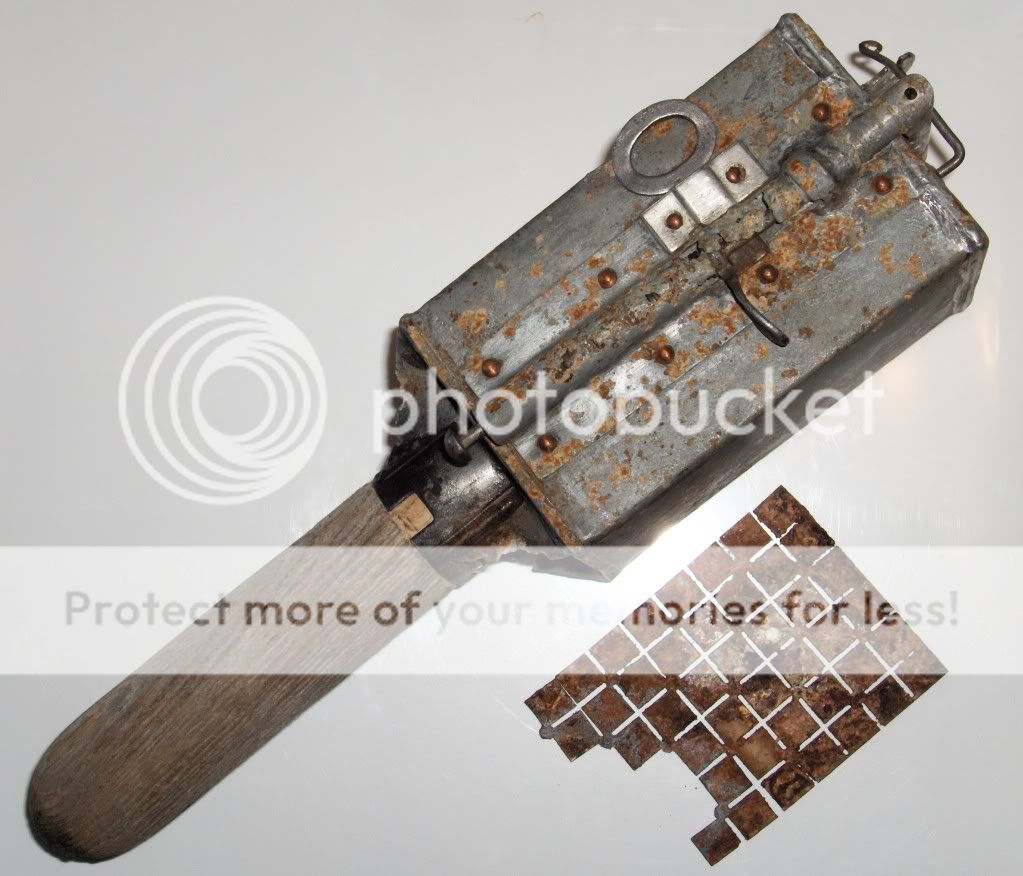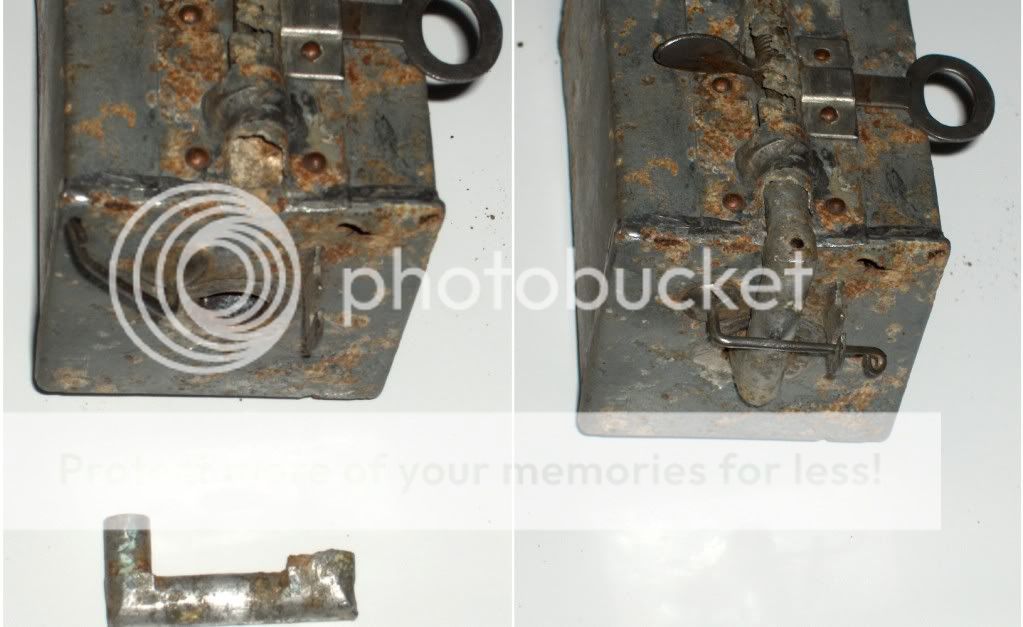Hey All,
I recently had the chance to acquire an example of the Turkish handgrenade type 2. My example is with out the fuse assembly and I am having a friend make me a reproduction, if there is any one else out there with one of these grenades that would like a reproduction fuse, let me know, because the more we make, the cheaper they will be.
Bes twihses
Gus

I recently had the chance to acquire an example of the Turkish handgrenade type 2. My example is with out the fuse assembly and I am having a friend make me a reproduction, if there is any one else out there with one of these grenades that would like a reproduction fuse, let me know, because the more we make, the cheaper they will be.
Bes twihses
Gus













